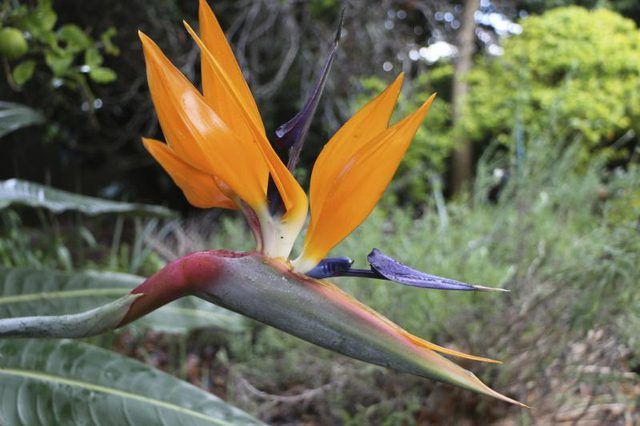Bulbs
Flower Basics
Flower Beds & Specialty Gardens
Flower Garden
Garden Furniture
Garden Gnomes
Garden Seeds
Garden Sheds
Garden Statues
Garden Tools & Supplies
Gardening Basics
Green & Organic
Groundcovers & Vines
Growing Annuals
Growing Basil
Growing Beans
Growing Berries
Growing Blueberries
Growing Cactus
Growing Corn
Growing Cotton
Growing Edibles
Growing Flowers
Growing Garlic
Growing Grapes
Growing Grass
Growing Herbs
Growing Jasmine
Growing Mint
Growing Mushrooms
Orchids
Growing Peanuts
Growing Perennials
Growing Plants
Growing Rosemary
Growing Roses
Growing Strawberries
Growing Sunflowers
Growing Thyme
Growing Tomatoes
Growing Tulips
Growing Vegetables
Herb Basics
Herb Garden
Indoor Growing
Landscaping Basics
Landscaping Patios
Landscaping Plants
Landscaping Shrubs
Landscaping Trees
Landscaping Walks & Pathways
Lawn Basics
Lawn Maintenance
Lawn Mowers
Lawn Ornaments
Lawn Planting
Lawn Tools
Outdoor Growing
Overall Landscape Planning
Pests, Weeds & Problems
Plant Basics
Rock Garden
Rose Garden
Shrubs
Soil
Specialty Gardens
Trees
Vegetable Garden
Yard Maintenance
Bird of Paradise Disease
Bird of Paradise Disease. Don’t let its appearance fool you -- the bird of paradise (Strelitzia reginae) only looks too tropical to be grown outside of Hawaii. Hardy in U.S. Department of Agriculture plant hardiness zones 10 through 12, the bird of paradise tolerates temperatures to 24 degrees Fahrenheit for a short period. Even in the...

Donít let its appearance fool you -- the bird of paradise (Strelitzia reginae) only looks too tropical to be grown outside of Hawaii. Hardy in U.S. Department of Agriculture plant hardiness zones 10 through 12, the bird of paradise tolerates temperatures to 24 degrees Fahrenheit for a short period. Even in the coolest climate, you can grow this gorgeous plant in containers. Bird of paradise doesnít have a lot of trouble with diseases, but those that show up could potentially kill the plant.
Pythium Root Rot
Pythium root rot, a fungal disease, can kill a bird of paradise if the conditions causing the infection arenít remedied. Wet soil, either from poorly draining soil or overwatering, encourages the growth of the fungus and, once corrected, the plant should produce new roots to replace the damaged ones. Symptoms of root rot include sparse and yellow foliage and the lack of growth in height of the plant. Treat the infection with a soil drench solution of 1/8 teaspoon of a fungicide containing fosetyl-al in 1 gallon of water. A 100-square-foot area requires 25 gallons of fungicide. Water as you normally do after the application and treat the plant again in one month.
Armillaria Root Rot
Another fungal infection of the bird of paradise roots, armillaria fungal pathogen can kill the plant. Symptoms include small, discolored leaves that fall early and cankered, discolored stems. There is no control for armillaria, so prevention is critical. When planting outdoors, prepare the soil well by removing anything that may decay under the soil, such as tree stumps and old roots. Make sure the soil drains well and water the bird of paradise to moisten the soil in the root zone and allow it to dry before watering again.
Blossom Blight
The botrytis fungal pathogen thrives when the weather is damp and temperatures are between 64 and 73 degrees Fahrenheit. Botrytis infects the bird of paradise flowers, discoloring and spotting them. The leaves may also be affected and die. If the plantís flowers fail to open, suspect a botrytis infection. Manage this disease by keeping the soil clear of fallen plant debris and cut away decayed tissue with disinfected pruning tools. Use a phenol-based household disinfectant cleaner at full strength and dip the tools into the product after each cut, using a clean rag to wipe away the excess before making the next cut. Water the bird of paradise at the base of the plant, not overhead, to prevent botrytis.
Nutrient Disorders
Providing any plant with the appropriate nutrients can be a delicate balancing act, and the bird of paradise is no exception. Because the plant is grown for its spectacular flowers, a failure to bloom defeats the purpose of growing it, so ensure that the plant gets the appropriate nutrients. If your bird of paradise is mature enough to flower -- at least five years old -- but isnít blooming, suspect a nutrient deficiency. The best fertilizer for the plant is balanced, such as 10-10-10 and includes minor elements. Spread 2 pounds of the fertilizer for every 100 square feet of garden space. Reapply every three months during the growing season.